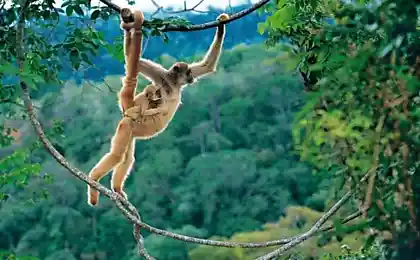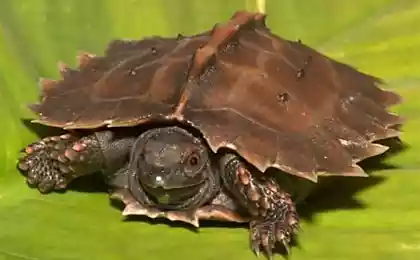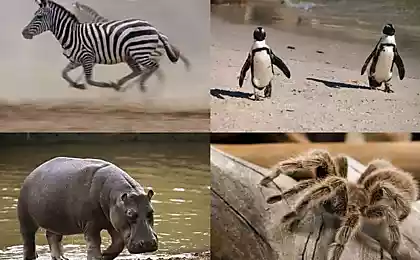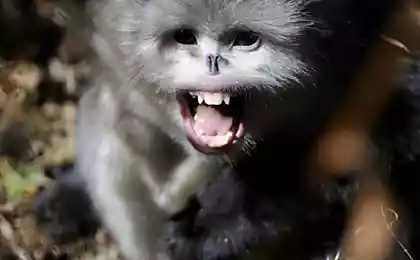463
On the verge of extinction
The international Union for conservation of nature (IUCN) and other conservation organizations in the world issued a joint report, "Priceless or worthless?" (eng. Priceless or Worthless?) about a hundred of those most in need of protection types of animals, plants and fungi.
According to biologists, these species will disappear from the face of the Earth by 2020 unless appropriate measures are taken to restore their population. In the creation of the document was attended by over 8000 volunteers. Below are some of the types. It should be clarified that this species, which has already taken under the active protection (for example, the Chinese tigers or the Florida Cougar).
Arapski Manakin (eng. Araripe Manakin, lat. Antilophia bokermanni). Population: 779 individuals. The area: 28 sq km, Araripe plateau, ceará, Brazil.
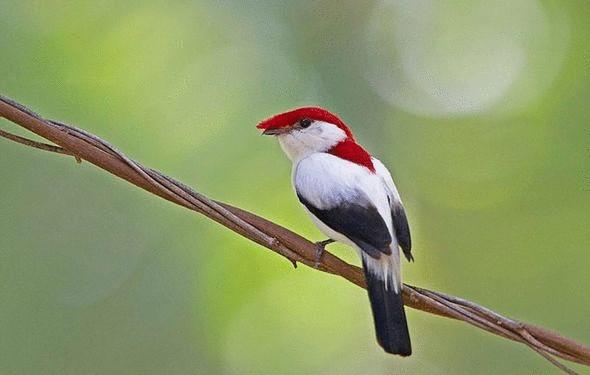
Reddish monkey (eng. Northern Muriqui, lat. Brachyteles hypoxanthus). Population: less than 1 000 individuals. Habitat: tropical forests of North-Eastern Brazil.

Spotted harlequin (eng. Rio Pescado stubfoot toad, lat. Atelopus balios). The number: unknown. Habitat: the Ecuadorian province of Azuay, Cañar and Guayas.

Indian bustard (eng. Great indian bustard, lat. Ardeotis nigriceps). Number: 50-250 individuals. The area: 570 sq km of wasteland in India.
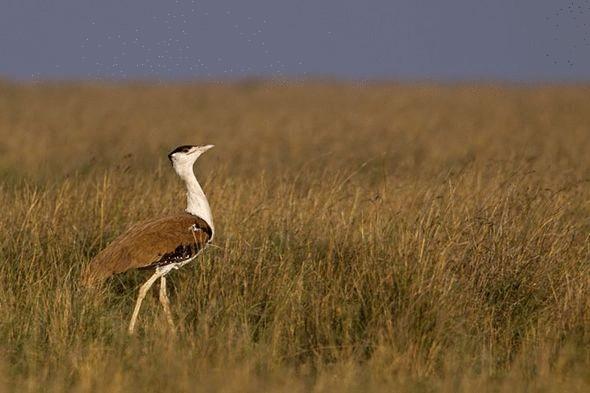
Madagascar keyworda turtle (eng. Angonoka tortoise, lat. Astrochelys yniphora). Number: 440-770 individuals. The area: 12 sq km, North-Eastern Madagascar.

Lopatin (eng. Spoon-billed sandpiper, lat. Eurynorhyncus pygmeus). Population: less than 100 breeding pairs. Habitat: Chukotka Autonomous Okrug in Russia, flies to winter in South-East Asia.
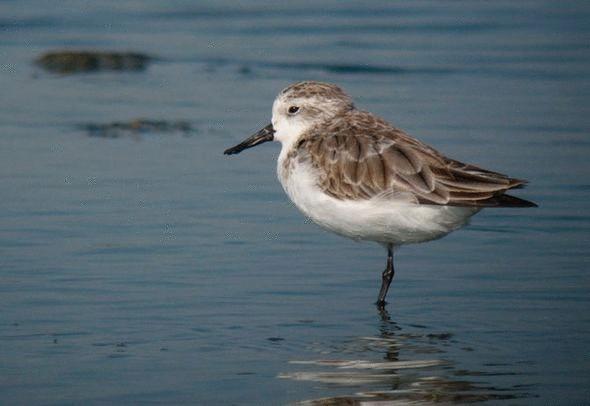
Pygmy sloth (eng. Pygmy three-toed sloth, lat. Bradypus pygmaeus). Population: less than 500 individuals. The area: 1.5 sq km, the island of Isla Escudo de Veraguas, Panama.

The Singapore freshwater crab (eng. Singapore freshwater crab, lat. Johora singaporensis). The number: unknown. Habitat: Preserve distinct addition-Timah and streams near distinct addition-Batoka, Singapore.
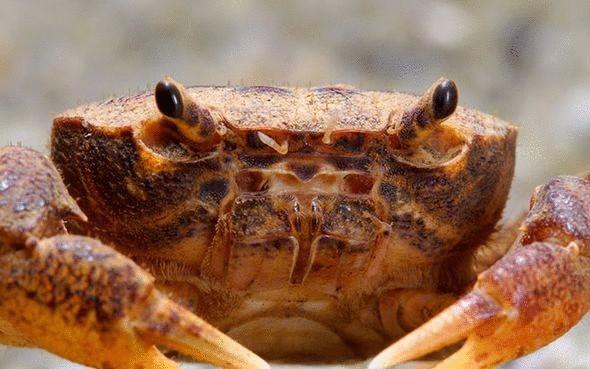
IBIS Chauve (eng. Northern bald ibis, lat. Geronticus eremita). Number: 200-250 individuals. Habitat: three separate groups in Morocco, Turkey and Syria. Syrian population winters in Northern Ethiopia.
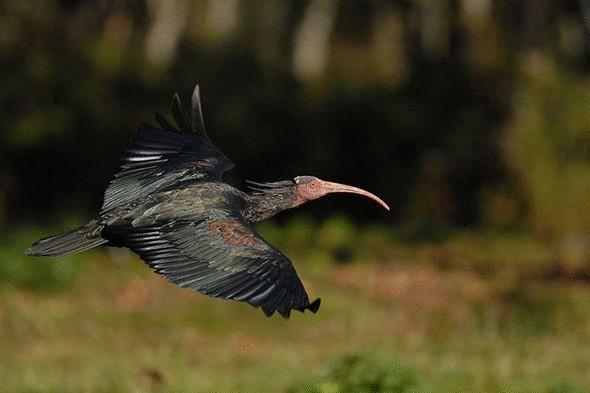
Krasnopevceva blue eyes (Engl. Red-finned Blue-eye, lat. Scaturiginichthys vermeilipinnis). Population: 2000-4000 individuals. Habitat: Edgbaston Reserve in Australia.

Source: /users/104
According to biologists, these species will disappear from the face of the Earth by 2020 unless appropriate measures are taken to restore their population. In the creation of the document was attended by over 8000 volunteers. Below are some of the types. It should be clarified that this species, which has already taken under the active protection (for example, the Chinese tigers or the Florida Cougar).
Arapski Manakin (eng. Araripe Manakin, lat. Antilophia bokermanni). Population: 779 individuals. The area: 28 sq km, Araripe plateau, ceará, Brazil.

Reddish monkey (eng. Northern Muriqui, lat. Brachyteles hypoxanthus). Population: less than 1 000 individuals. Habitat: tropical forests of North-Eastern Brazil.

Spotted harlequin (eng. Rio Pescado stubfoot toad, lat. Atelopus balios). The number: unknown. Habitat: the Ecuadorian province of Azuay, Cañar and Guayas.

Indian bustard (eng. Great indian bustard, lat. Ardeotis nigriceps). Number: 50-250 individuals. The area: 570 sq km of wasteland in India.

Madagascar keyworda turtle (eng. Angonoka tortoise, lat. Astrochelys yniphora). Number: 440-770 individuals. The area: 12 sq km, North-Eastern Madagascar.

Lopatin (eng. Spoon-billed sandpiper, lat. Eurynorhyncus pygmeus). Population: less than 100 breeding pairs. Habitat: Chukotka Autonomous Okrug in Russia, flies to winter in South-East Asia.

Pygmy sloth (eng. Pygmy three-toed sloth, lat. Bradypus pygmaeus). Population: less than 500 individuals. The area: 1.5 sq km, the island of Isla Escudo de Veraguas, Panama.

The Singapore freshwater crab (eng. Singapore freshwater crab, lat. Johora singaporensis). The number: unknown. Habitat: Preserve distinct addition-Timah and streams near distinct addition-Batoka, Singapore.

IBIS Chauve (eng. Northern bald ibis, lat. Geronticus eremita). Number: 200-250 individuals. Habitat: three separate groups in Morocco, Turkey and Syria. Syrian population winters in Northern Ethiopia.

Krasnopevceva blue eyes (Engl. Red-finned Blue-eye, lat. Scaturiginichthys vermeilipinnis). Population: 2000-4000 individuals. Habitat: Edgbaston Reserve in Australia.

Source: /users/104
